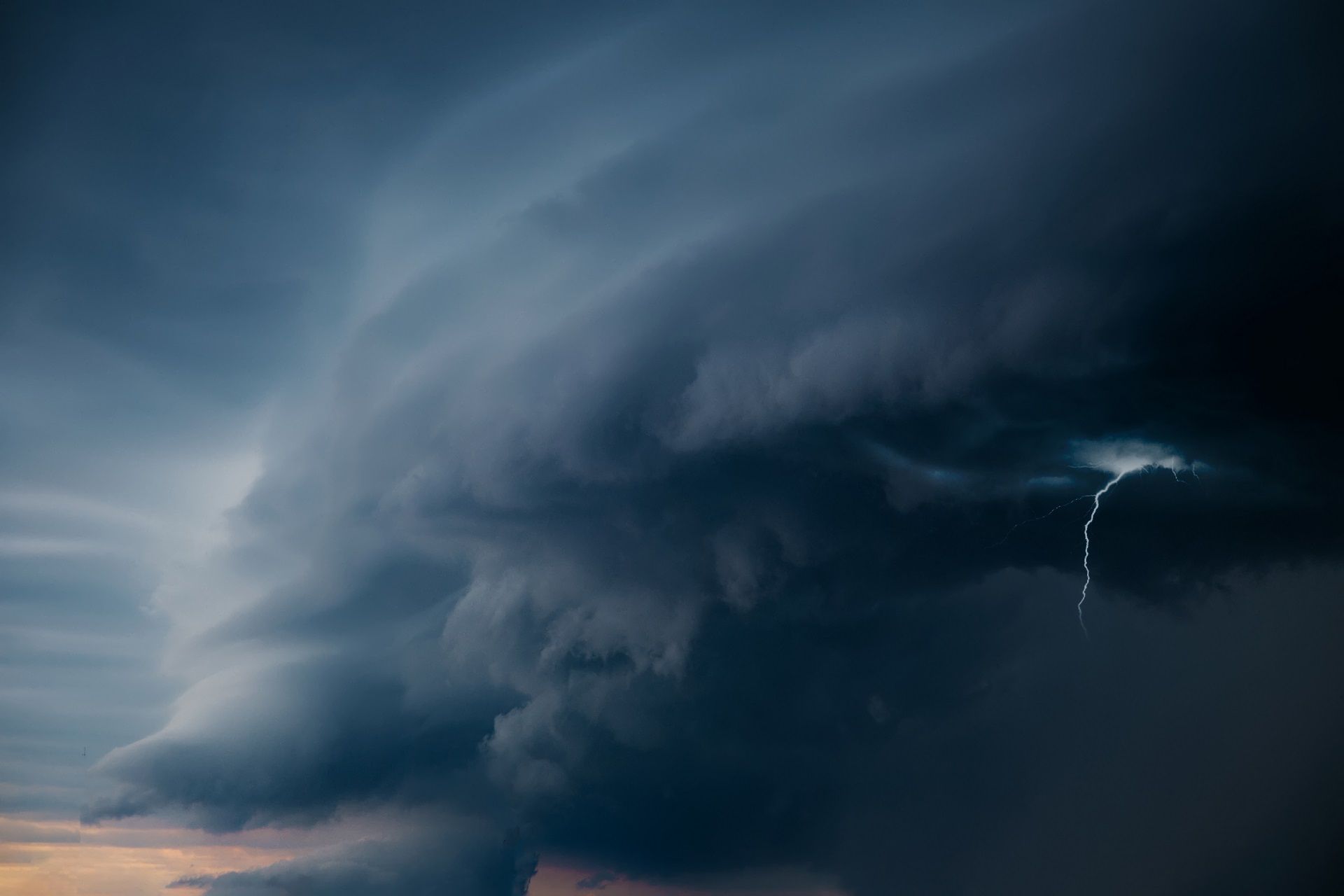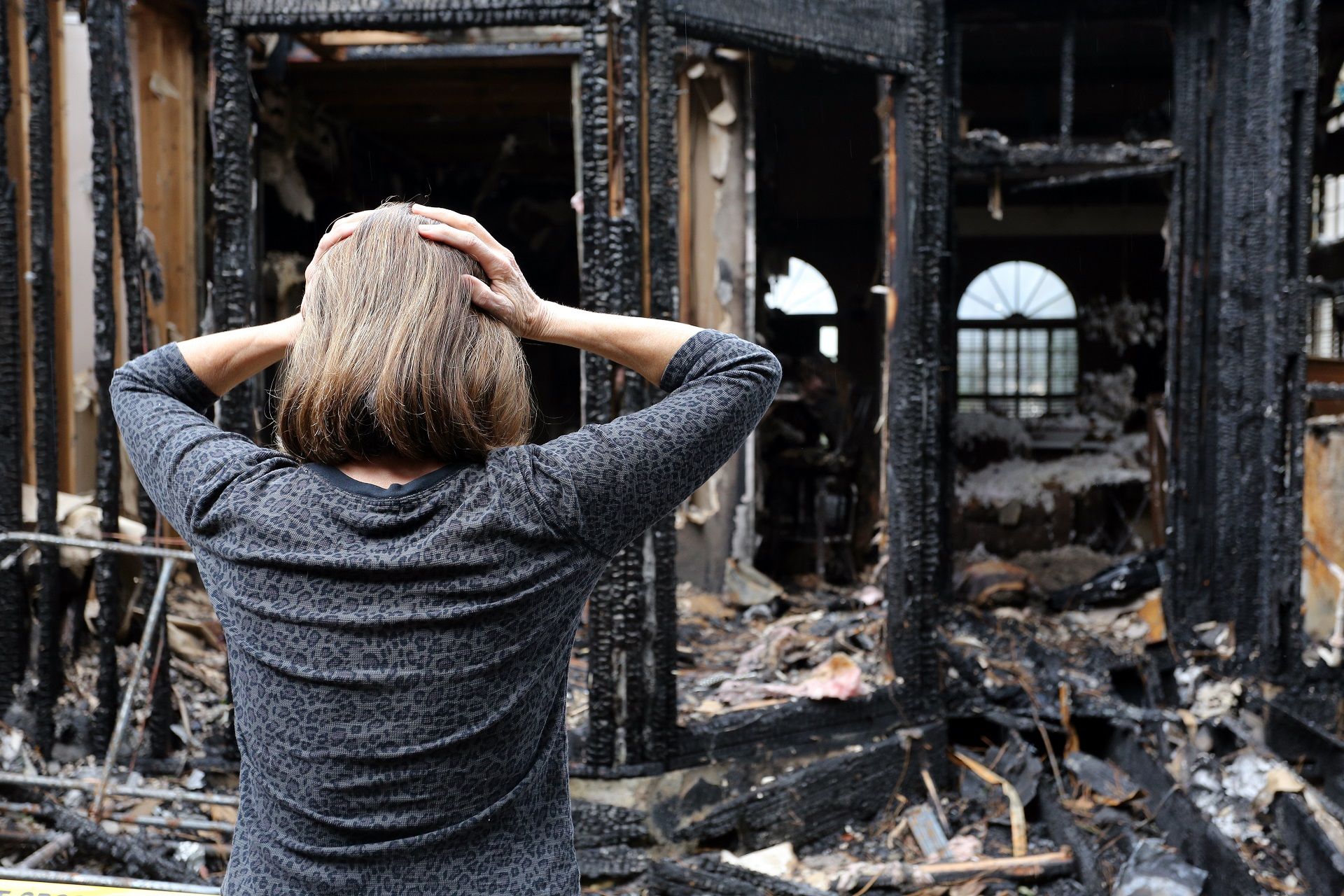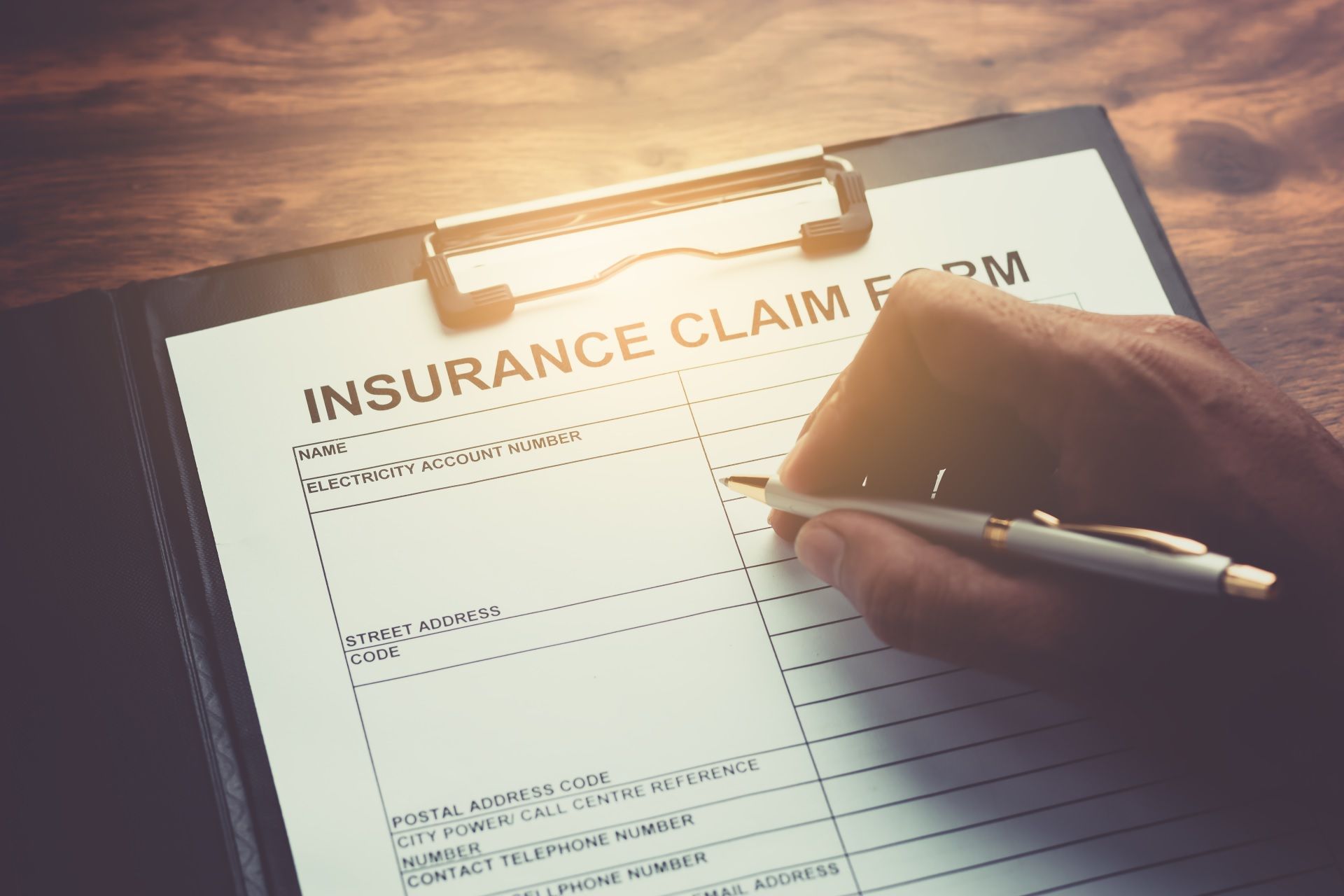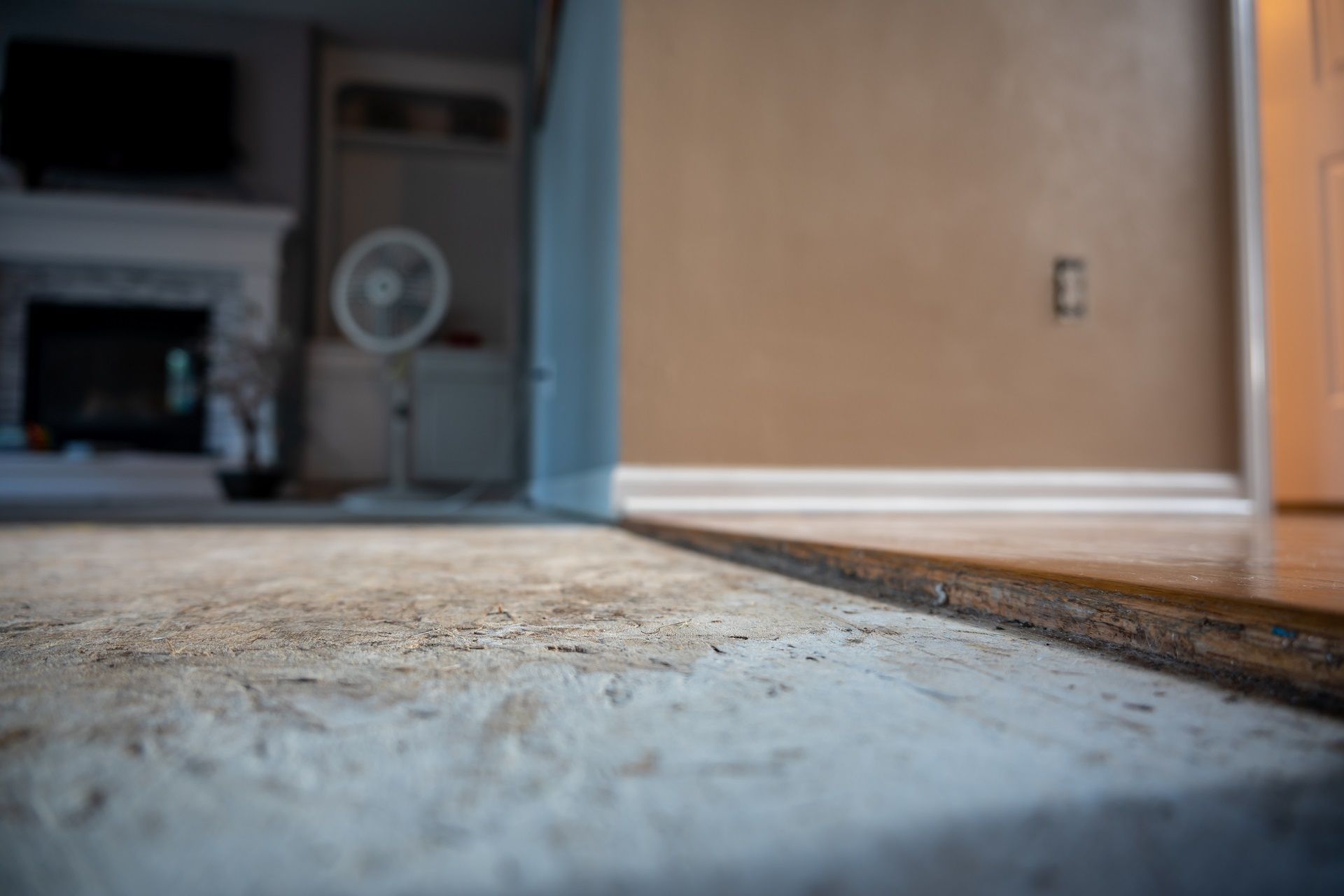10-Step Guide to Get the Most Out of a Disaster Claim

The policyholder should know two main things when it comes to any claim settlement process – First, the contents of their insurance policy, and second, what to do when. Armed with this knowledge, you are on the right path to get the most out of your disaster claim. To supplement your information, here is a 10-step guide that will lead you to a successful claim settlement.
10-Step Guide to Get the Most Out of a Disaster Claim
Step 1 – Call Your Insurance Company Immediately – A common mistake committed by most policyholders is that they fail to intimate the occurrence to their insurance company immediately. Calling the insurer covers three main requirements:
1. Clarifies what you will be compensated for.
2.Clearly tells the deductible amount.
3. Informs whether the policy covers your peril or not.
Sometimes, it is mentioned in the policy itself that the insurance company shall be intimated of the loss immediately or as soon as possible. Failing to do so will make you a defaulter, and the insurance company can take advantage of this little detail to deny your claim.
Step 2 – Immediate Steps To Take When The Damage Happens – You immediately informed the insurance company of the damage, but that is not all you have to do. You need to bear other responsibilities as well, namely:
1. Take steps to prevent more damage to property if possible.
2. Salvage whatever you can from the loss.
3. Make a video or photograph (preferably both) of all things damaged to prove loss.
4. Do not throw away anything, even if it is a total write-off, as the insurance company has every right to inspect it.
5. If you are forced to vacate your property, keep all bills of the hotel stay, food bills, clothes, and other necessities you had to purchase, safe.
6. Do not immediately start on any repairs other than what is urgent to prevent more property damage.
Step 3 – Reimbursement For Living Expenses If Forced To Move – If your policy covers the loss and your home is rendered uninhabitable, the insurer will pay the living expenses incurred during this time. Even if you stay at home but are forced to eat outside, the insurer will cover those expenses. Although there will be a limit up to which the insurance company will bear these expenses. Anything beyond that will come from your pockets. So one can’t afford to be extravagant. A typical homeowners insurance policy will cover expenses for:
1. Renting accommodation.
2. Eating out.
3. Installing temporary communication lines.
4. Transportation costs.
Step 4 – Understand The Importance Of Insurance Adjuster – When you inform the insurance company of the loss, they assign you an insurance adjuster. This person is now your direct link to the insurer. The adjuster will inspect the damage and determine the scope of repairs. The agent or broker employed by you will not have any direct say in the final claim settlement. Only the adjuster will. Therefore, you must review the following things with the adjuster:
1. The allowance for Additional Living Expenses.
2. The deductible amount and whether you qualify for a deductible waiver.
3. If the situation calls for then the storage of your possessions.
4. Expenses for removal of debris.
5. The inventory of all damages.
6. Gain clarity on the claim procedure and timeframes.
Step 5 – Inventory Of Loss And Its Proof – Apart from property damage, other things may have come in harm’s way, namely personal belongings and contents of your home. Make a complete list of all items damaged along with their pics. Attach bills of purchase if handy. Documenting everything will make it easy for you to file your claim. The list must be prepared in this manner:
1. Item name.
2. Age of the item (how old it was).
3. Its location.
4. Cost of purchase with the bill if possible.
5. Photograph of the damage.
6. Condition of the item before the damage.
7. Cost of repair or replacement product.
Step 6 – Bylaws And Contractor Costs – You need to know your damaged property’s full and final reconstruction cost, including the amount the insurer will pay. The rest will come from your pocket. If some community bylaw requires the new portion to be built to a specific code and your insurance company does not cover it, then chances are you will have to pay at your end. Also, the insurance company will have to first approve the rebuild cost before you can give a green signal to the reconstruction project.
Step 7 – Know The Policy Limitations – There are several limitation clauses in a homeowners insurance policy. These clauses limit the damaged items’ cost and also put a ceiling on the property repair costs. Hence, instead of getting paid in full for a big loss, you get paid to the limit.
Step 8 – Determining How Much Money You Get – Claims are usually paid on one of the following three bases:
1. Actual Cash Value (ACV) – Herein, you get the depreciated value of the lost item. Since it does not allow for replacement, this option is considered especially treacherous if there is a disaster claim.
2. Replacement Cost – Herein, you can replace those items which are not yet obsolete. You get half the amount first to buy the replacement, and once you show the proof that the item has been replaced, you get the remaining half. If you decide not to replace the damaged item, you get its ACV.
3. Replacement Cost with Cash Out Option – In this type of payout, you get the total value upfront, and there is no obligation to replace the item.
Step 9 – Will Deductible Play A Role In A Disaster Claim – A disaster claim is different from a normal claim, so the same rules may not necessarily apply. It is to your advantage to find out whether the deductible will apply during a disaster. If the loss is too big, the insurance company may do away with its need. Getting this critical piece of information will save you a lot of money. In fact, if you secure both your home and car from the same insurer, you may take advantage of a single deductible if your insurance company has a provision for it.
Step 10 – Cooperation And Open Communication Important For Quick Claim Settlement – Those claims wherein both parties cooperate and keep their lines of communication open are settled quickly. If necessary, you can engage the services of a Public Adjuster to complete all the formalities and leg work. The quicker they get done, the swifter you get paid.
Closing Notes
If you have carefully read through our guide, you will realize that it is necessary to keep the insurance company in the loop for all happenings and to have complete clarity on the contents of your policy. If you fulfill both these requirements, there is no way you can get cheated. To get your money’s worth best is to hire the services of Continental Public Adjusters . We are a reputed firm that works for you and with you during the complete claims settlement process making it an effortless journey
Disclaimer: The information on this website and blog is for general informational purposes only and is not professional advice. We make no guarantees of accuracy or completeness. We disclaim all liability for errors, omissions, or reliance on this content. Always consult a qualified professional for specific guidance.






